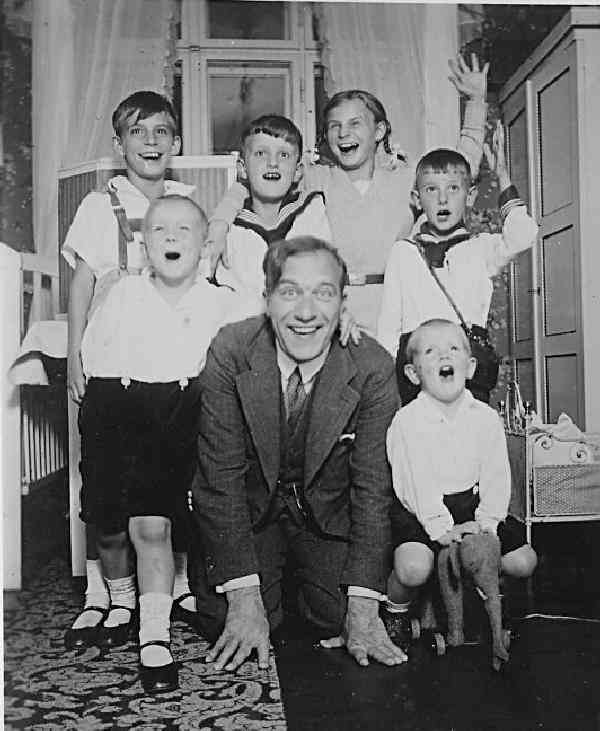
Figure 1.--German boys commonly wore sailor suits in the inter-War period with strap shoes. Here we see a prosperous middle-class Germany family, probably in the late 1920s. They seem to be in the nursery. |

|
We do not have much information on German boys wearing strap shoes in the 19th century. Much more information is available on the 20th century. We see them in the early 20th century, but primarily among the children of affluent families. After World War I, they seem to have been worn by a broader cross section of German children and not just the very affluent. We see many portraits of German boys before the mid-1930s wearing strap shoes. Up until the start of World War II we see quite a number of German boys wearing single-strap or "Mary Jane" style strap shoes. As far as we can tell, they seem to have been particularly popular in the 1920s and early 30s. We see them being worn as both a dress and casual shoe. Even older boys might wear them in the 1920s as a casual shoe. We subsequently see older boys wearing sandals, but not strap shoes. We see this in the 1930s as well, but with slightly younger boys. They were never the predominant shoe worn by German boys, but the photographic record uggests that they were widely worn. By the 1930s we see a variety of other sandal styles and this cntinuued after the War. We see realtively few German boys weaing strap shoes after the War, but other styles of sandals were widely worn. This varied widely from family to damily. The popularity ofsandals seems to have declined to the point that by the early 1960's they appear only to be worn by younger boys and then only rarely.
We do not have much information on German boys wearing strap shoes in the 19th century.
Much more information is available on strap shoes in Germany during the 20th century. We see them in the early 20th century, but primarily among the children of affluent families. After World War I, they seem to have been worn by a broader cross section of German children and not just the very affluent. We see many portraits of German boys before the mid-1930s wearing strap shoes. Up until the start of World War II we see quite a number of German boys wearing single-strap or "Mary Jane" style strap shoes. As far as we can tell, they seem to have been particularly popular in the 1920s and early 30s. We see them being worn as both a dress and casual shoe. Even older boys might wear them in the 1920s as a casual shoe. We subsequently see older boys wearing sandals, but not strap shoes. We see this in the 1930s as well, but with slightly younger boys. They were never the predominant shoe worn by German boys, but the photographic record uggests that they were widely worn. By the 1930s we see a variety of other sandal styles and this cntinuued after the War. We see realtively few German boys weaing strap shoes after the War, but other styles of sandals were widely worn. This varied widely from family to family. The popularity ofsandals seems to have declined to the point that by the early 1960's they appear only to be worn by younger boys and then only rarely.
Navigate the Boys' Historical Clothing Sandal Pages:
[Return to Main German strap shoe page]
[Return to Main shoe page]
[Return to Main German page]
[German closed toe sandals]
[German open toe sandals]
Navigate the Boys' Historical Clothing Strap Shoe-related Pages:
[Return to the Main strap shoe page]
[Return to the Main sandal page]
[White knee socks]
[Sand shoes]
[Pinafores]
[Smocks]
[Kilts]
[Ringlet curls]
[Fauntleroy suits]
[Buster Brown suits]
[Ring bearers]
Navigate the Boys' Historical Clothing Web Site:
[Introduction]
[Activities]
[Biographies]
[Chronology]
[Clothing styles]
[Countries]
[Bibliographies]
[Contributions]
[FAQs]
[Glossaries]
[Images]
[Links]
[Registration]
[Tools]
[Boys' Clothing Home]
